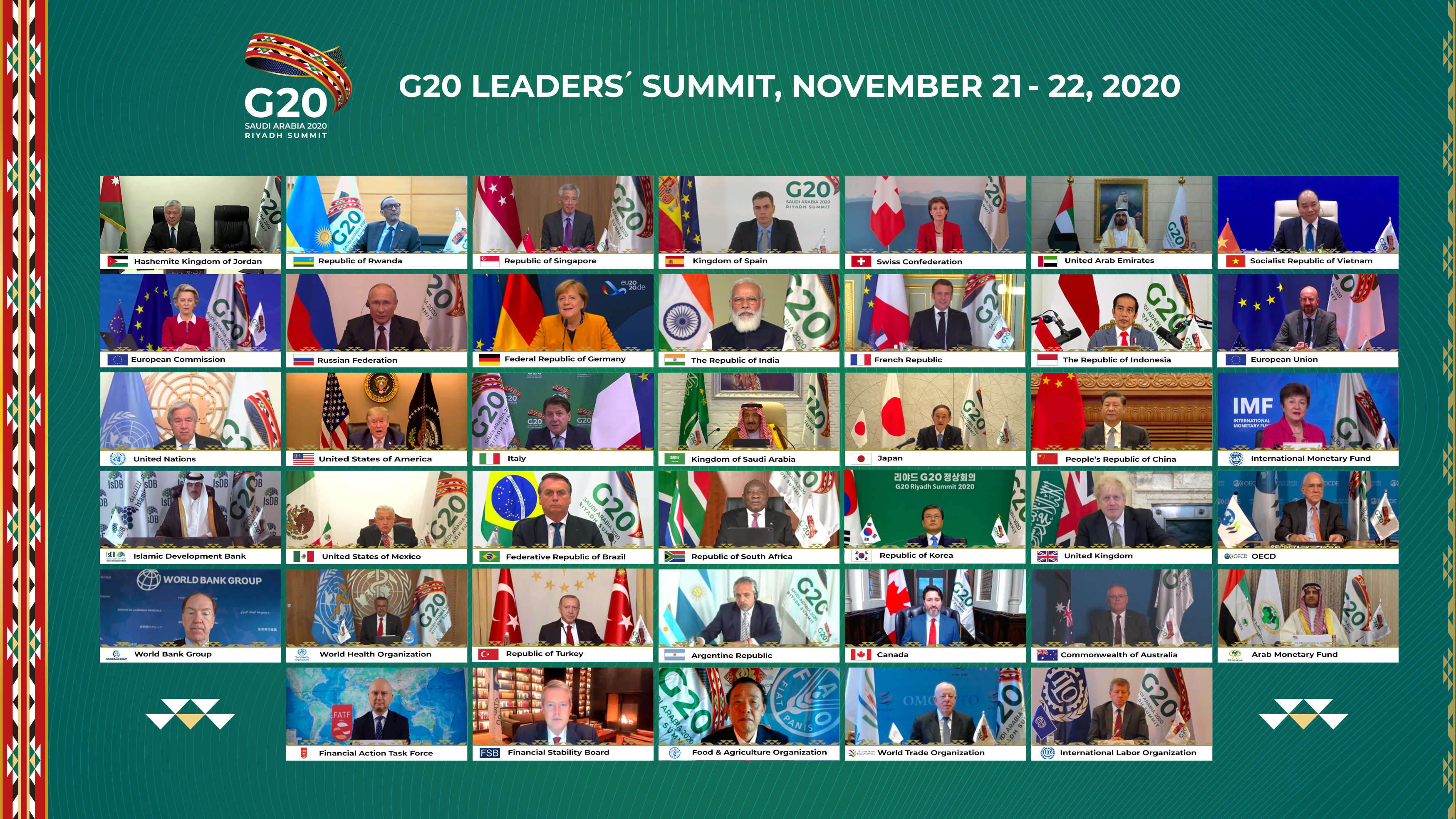956 results found
Featured results



More results

Regulatory capital frameworks require banks and insurers to put aside more capital for infrastructure investments than is warranted by their historical credit performance


The infrastructure supply gap is significant, but by focusing on four key deliverables, the G20 can support and establish new, technology-based critical networks that would be resilient in future crises.
Leaders of the G20 have met for the last time under the Saudi Presidency to address the most pressing challenges of our times, with the vision to take further steps to overcome the pandemic while building an inclusive, sustainable and resilient future for all.
Meet four women leaders who are transforming infrastructure development in Latin America.
Meet four women leaders who are transforming infrastructure development in Latin America (Spanish translation).
Meet four women leaders who are transforming infrastructure development in Latin America (Portugese translation).
Find out what needs to change in the workforce to meet future needs of the construction industry.
53 members of our InfraTech Leaders Ecosystem – from more than 25 public and private entities – met for the first time to discuss ‘quick wins' and strategic priorities based on the World Bank's InfraTech Policy Toolkit, developed earlier this year to support the Riyadh G20 InfraTech Agenda.
The planned 750MW Rewa Solar Project in the state of Madhya Pradesh will be one of the world's largest solar photovoltaic (PV) projects
As of 2016, Sterlite has a total portfolio of 10 projects worth USD 1.5B, four of which are fully operational, two partially operational and four under construction
The development of credit ratings for loans in emerging countries is critical for accessing capital markets
The African Development Bank (AfDB) is mandated to drive social and economic development in Africa through multiple project types including infrastructure
Residents in Bangalore were facing water shortages and had to cope by relying on ground water and paying premium prices for water from privately plied water tankers



An introduction to our new blog series on policy implications related to key data findings from Infrastructure Monitor.
V2V technologies are Cooperative Intelligent Transport Systems (C-ITS) that enable communication between vehicles to avoid accidents and and enable the optimisation of traffic flow.
A dynamic tolling algorithm recalibrates toll rates based on traffic congestion and local conditions every few minutes and is a tool to manage traffic demand through pricing.
Decentralised microgrids enable 'prosumers' to trade their surplus energy, resulting in reduced cost, increased use of renewables, and reduced demand on the energy grid.
Digital technology integrated into smart containers enable accurate near real-time monitoring and control of the condition, location and the environment of shipping containers.
Mobility as a Service (MaaS) uses a digital platform to integrates end-to-end trip planning, booking, ticketing, and payment across all modes of transportation.
Digital technology to enable regulators to measure water abstracted and use data for compliance and enforcement purposes.



 Infrastructure Outlook
Infrastructure Outlook













